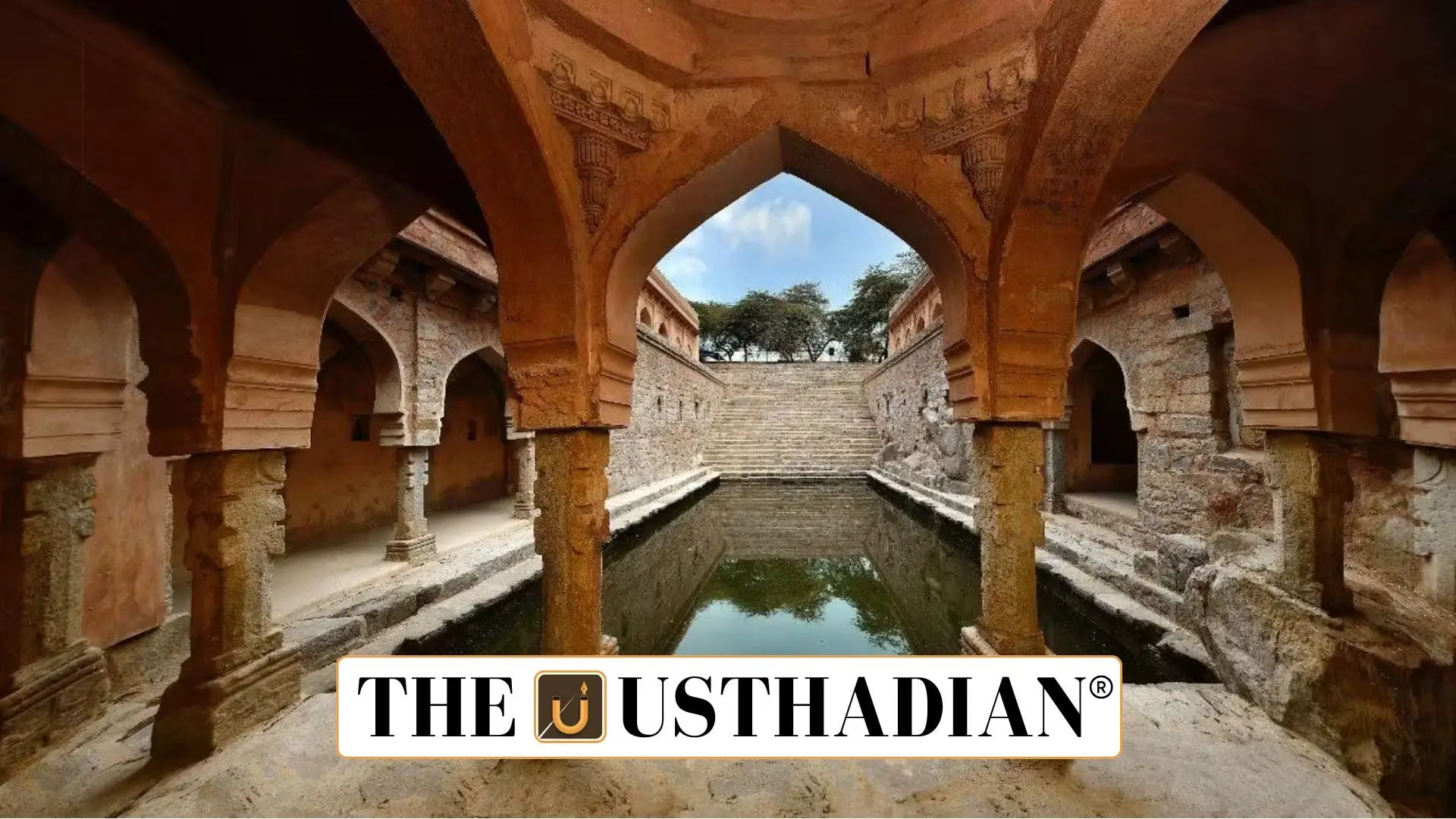Historical Significance of Rajon Ki Baoli
Rajon Ki Baoli Restored: A Model for Sustainable Water Heritage: Located in the Mehrauli Archaeological Park of Delhi, Rajon ki Baoli dates back to around 1506, during the rule of the Lodi dynasty. It was designed not only as a stepwell for water storage but also as a resting place for travellers seeking relief from the heat. The architectural elegance of its arched colonnades and detailed stucco medallions reflects the artistic mastery of medieval India. Spanning over 1,610 square metres and reaching a depth of 13.4 metres, the structure stands as a rare example of Indo-Islamic engineering brilliance.
Conservation Efforts Undertaken
The Archaeological Survey of India (ASI) in collaboration with the World Monuments Fund India (WMFI) and the TCS Foundation spearheaded the conservation initiative. The project included desilting and cleaning, structural repairs, and the use of traditional materials like lime mortar and plaster to retain its original look. Historical records were carefully referenced to ensure that the integrity and authenticity of the design remained intact throughout the restoration process.
Community Engagement and Education
An important focus of this effort was community participation, making it more than just a physical restoration. Local residents were involved to help cultivate a deeper understanding of the ecological and cultural value of the stepwell. Educational programs were conducted to foster youth involvement, while participatory workshops aimed to instil a sense of ownership and responsibility for long-term site maintenance among stakeholders.
Importance of Traditional Water Systems
The restoration is part of a larger movement to revive traditional water infrastructure that once played a crucial role in India’s water management. With rising climate challenges, stepwells like Rajon ki Baoli offer lessons in sustainable design. These structures demonstrate how cultural preservation can go hand in hand with modern utility, especially in urban landscapes struggling with water shortages.
Current Status of Rajon Ki Baoli
Today, Rajon ki Baoli stands restored and is open to the public, offering a space for education and tourism. Visitors can not only enjoy its historical charm but also learn about its relevance in sustainable water practices. The site is now a living symbol of how heritage conservation can serve modern environmental needs while protecting India’s architectural legacy.
STATIC GK SNAPSHOT
| Topic | Details |
| Site Name | Rajon ki Baoli |
| Location | Mehrauli Archaeological Park, New Delhi |
| Constructed In | Circa 1506, Lodi Dynasty |
| Depth and Area | 13.4 metres deep, 1,610 sq. m. area |
| Restoration Partners | ASI, WMFI, TCS Foundation |
| Restoration Materials | Traditional lime mortar and plaster |
| Cultural Role | Water storage and travellers’ resting place |
| Climate Initiative Linked | Climate Heritage Initiative |
| Current Status | Open to public, used for cultural and educational activities |








